The build instructions show you how to build the mechanism, without any hardware or software to keep track of time. The project logs describe how you could make this clock (or a similar one) work with a mains-based pulse generator, or (like I did) with an Arduino and a GPS module.
There is one mechanical feature that's "unique" about this clock (though I'm sure I'm not the first to think of this): unlike other mechanical clocks that usually use some sort of friction coupling to adjust the time, this clock uses a differential and a second motor. While
the clock is operating normally, the differential is held stationary,
so the rotation on one axle is propagated to the other axle (in opposite direction but that doesn't matter). But while
adjusting the time, the time adjustment motor rotates the differential while the time keeping motor stays still.
 Jac Goudsmit
Jac Goudsmit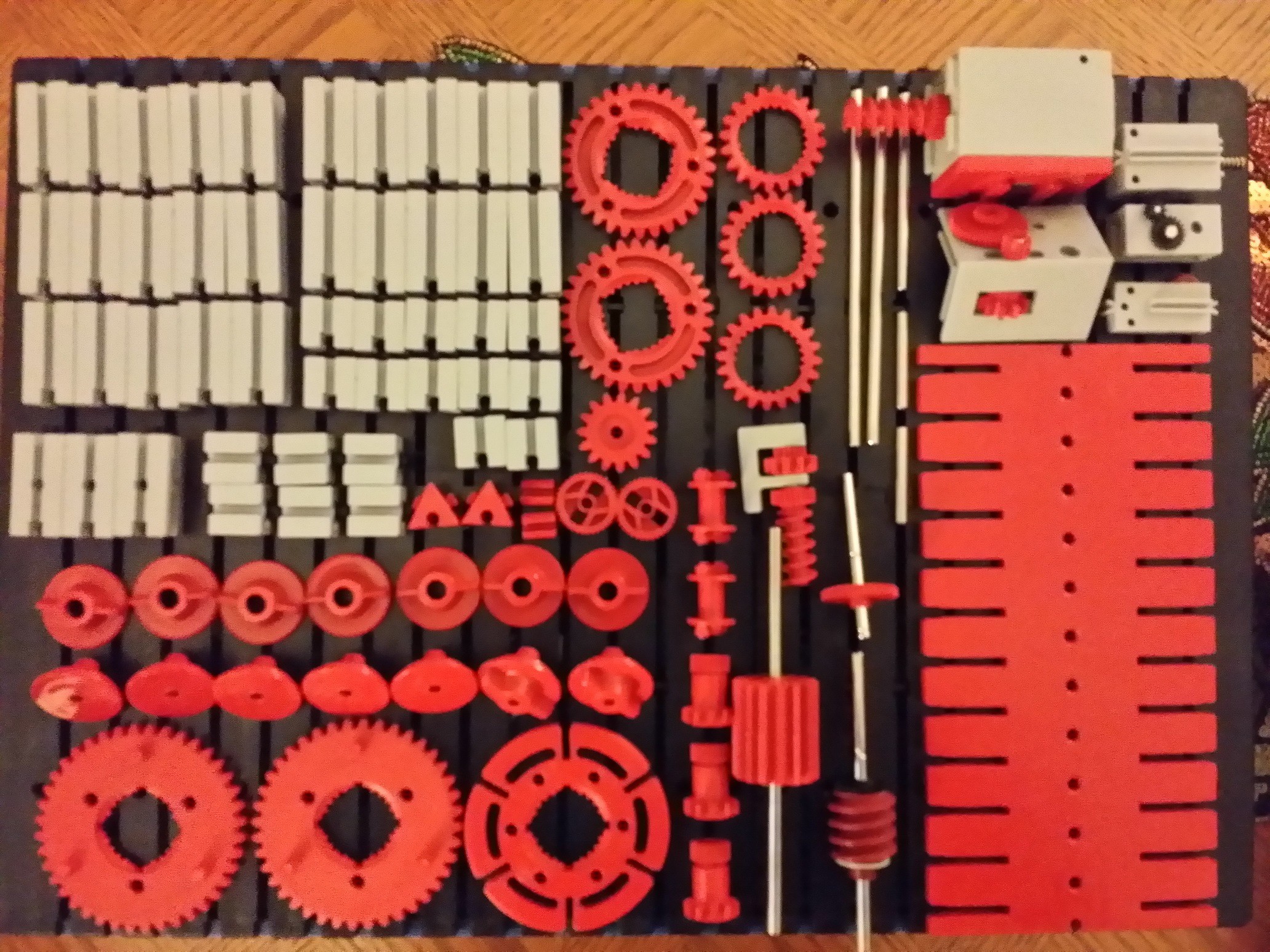
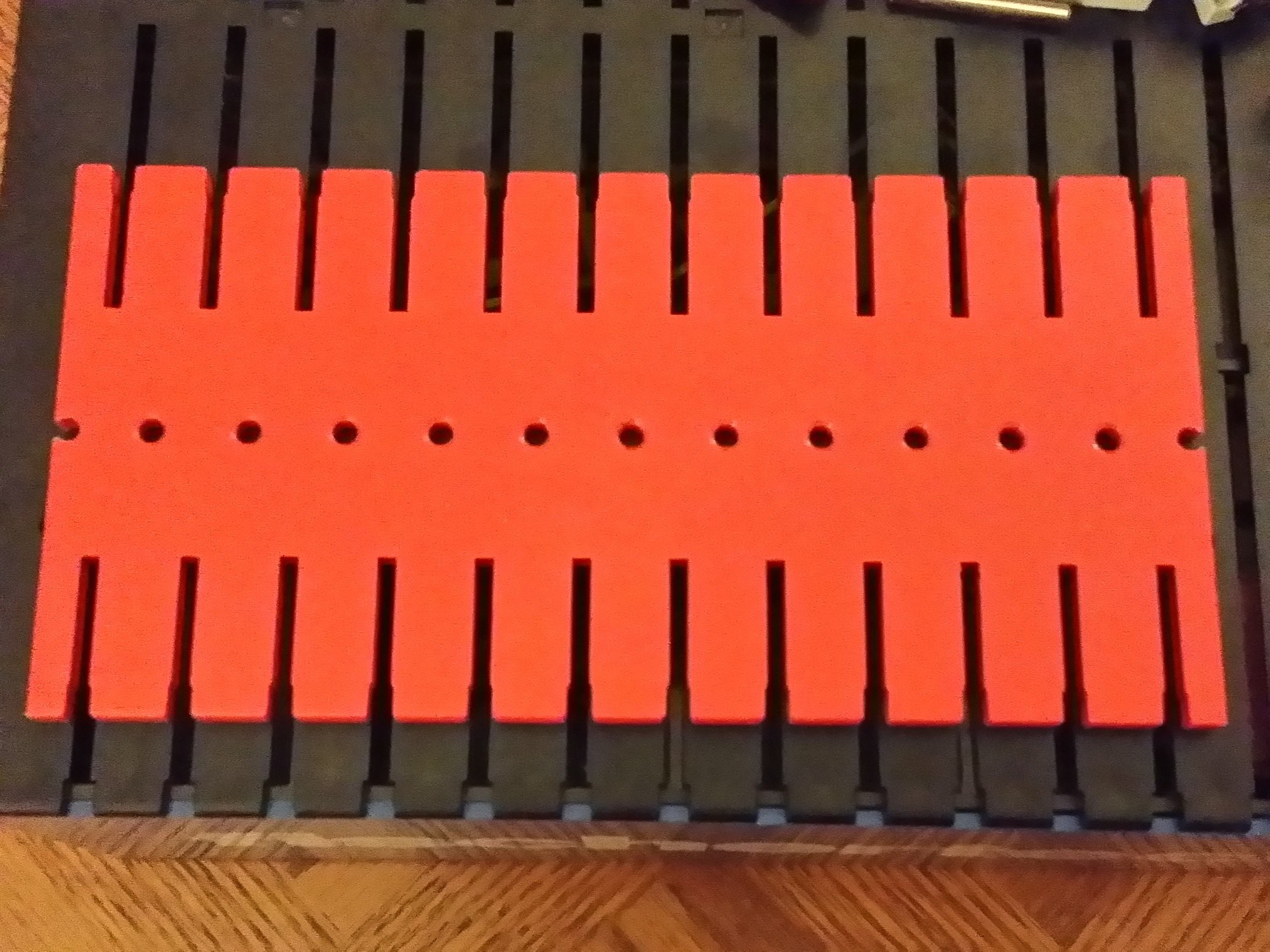
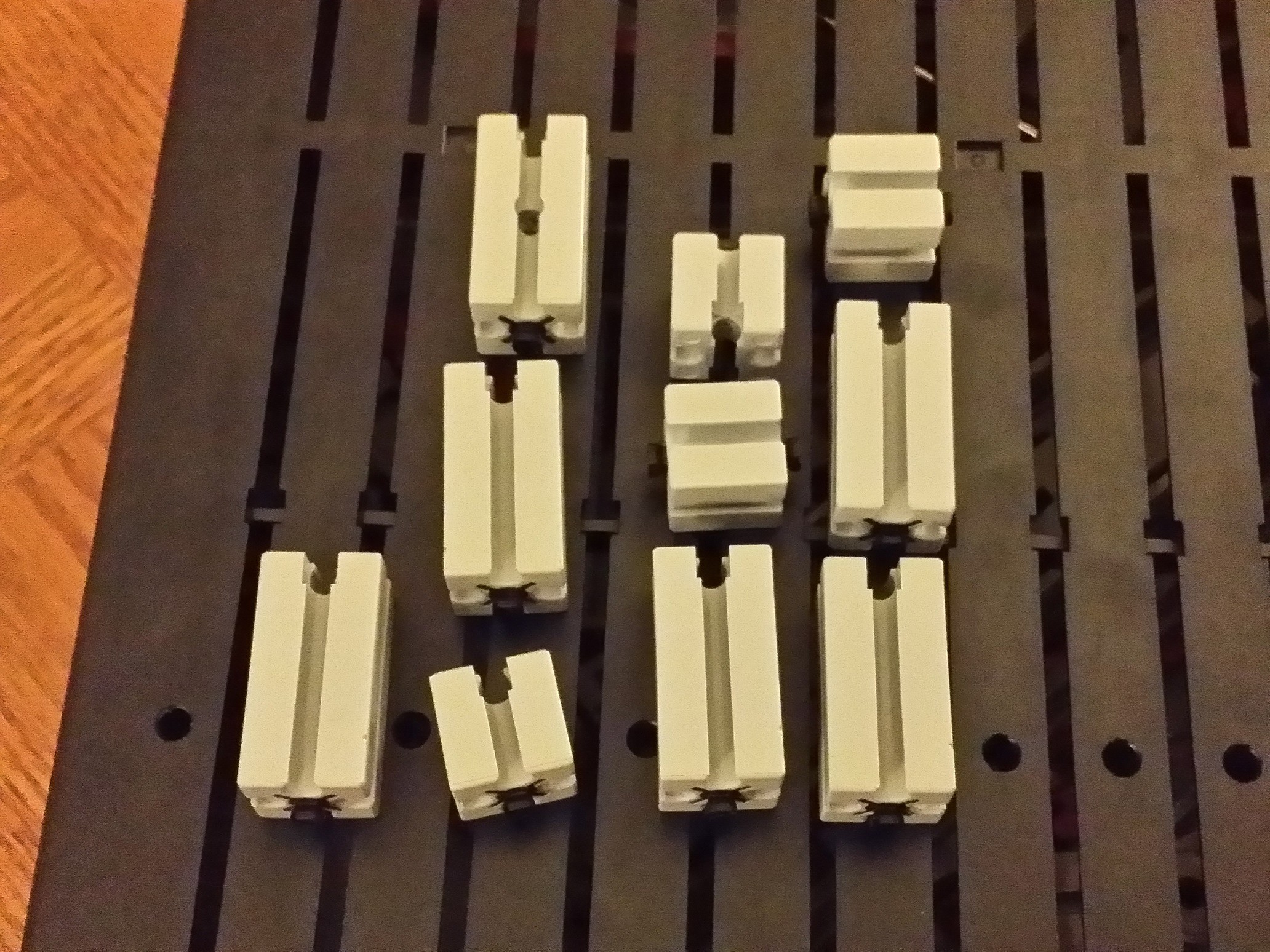
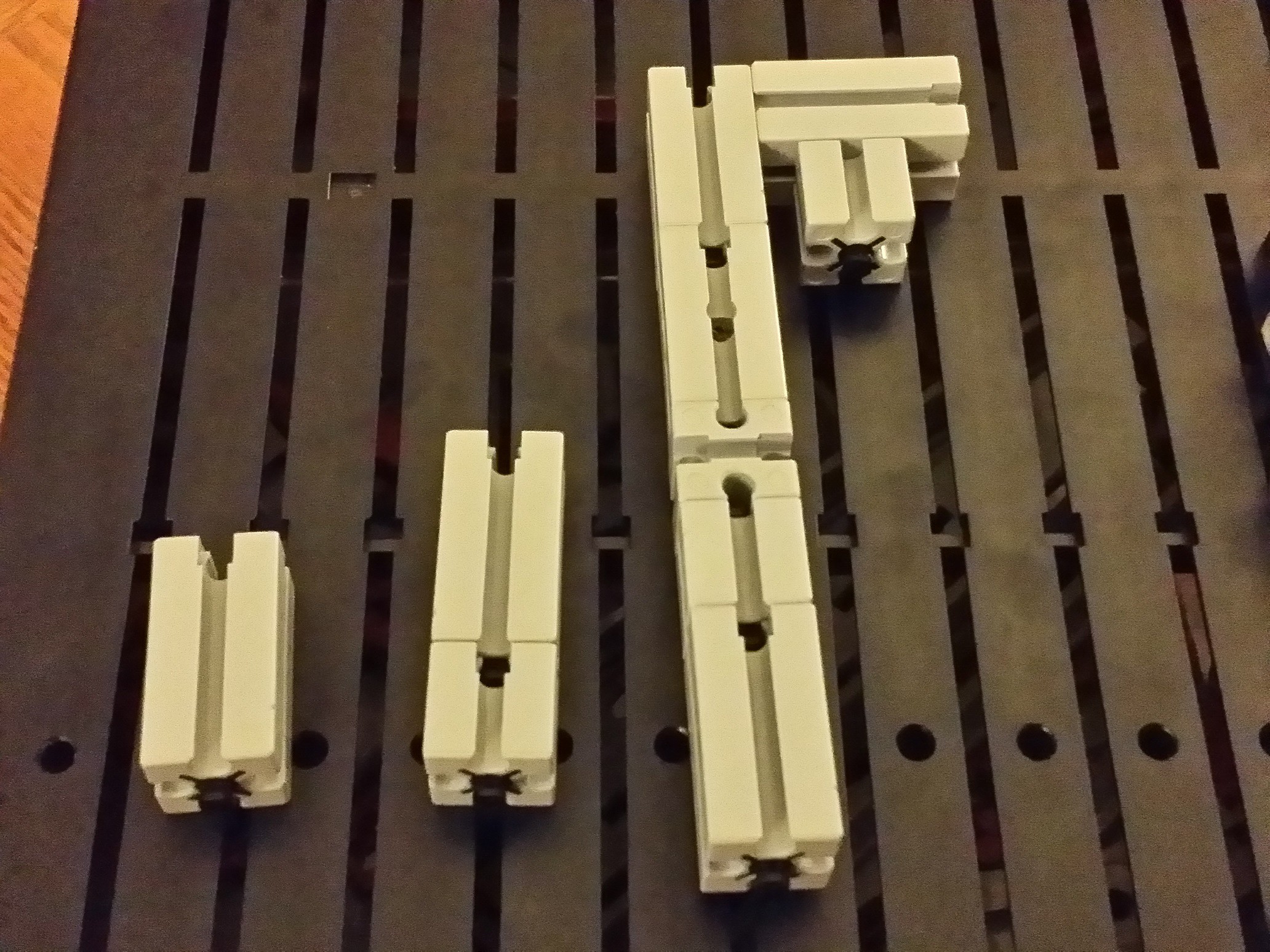
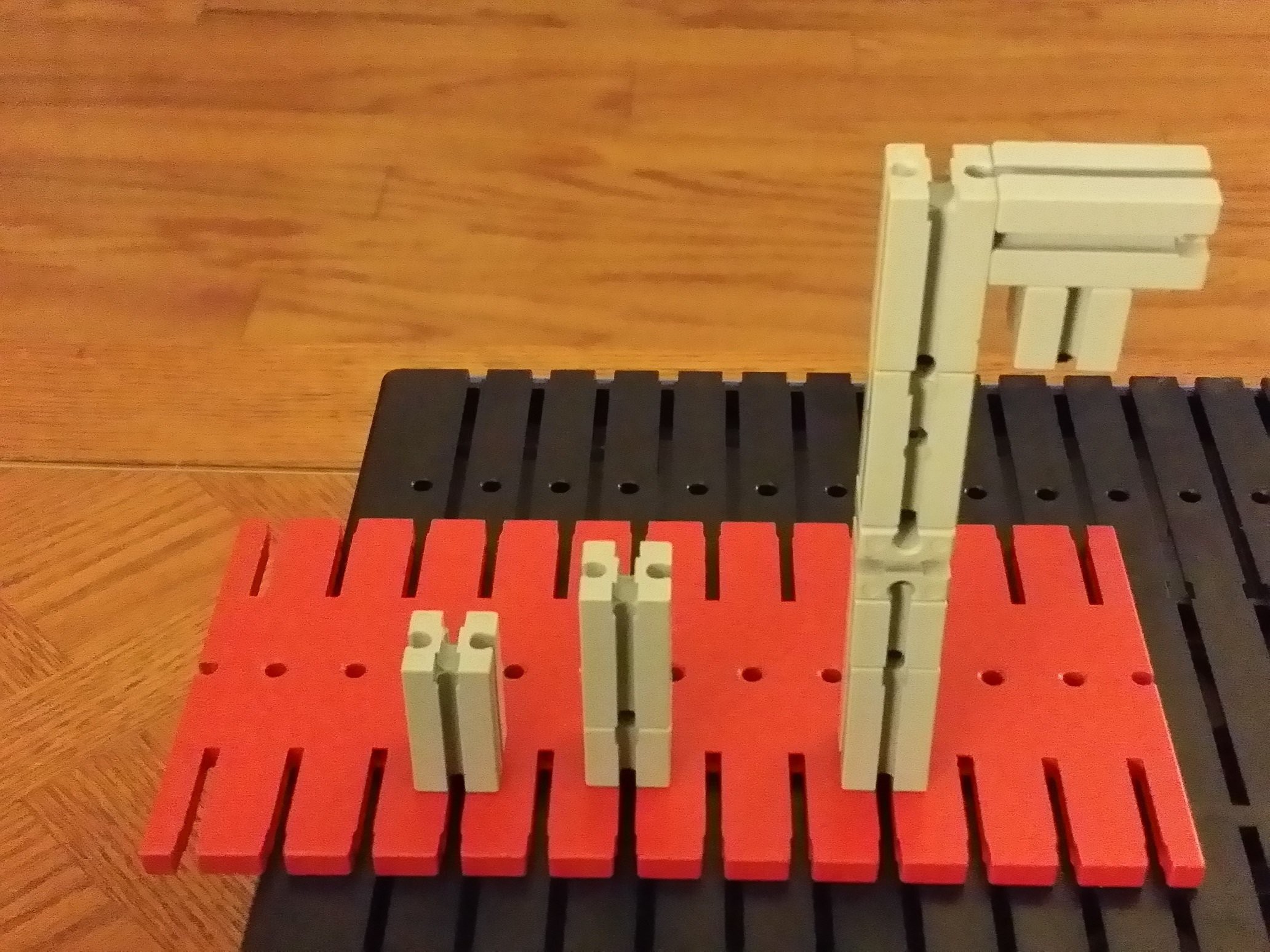
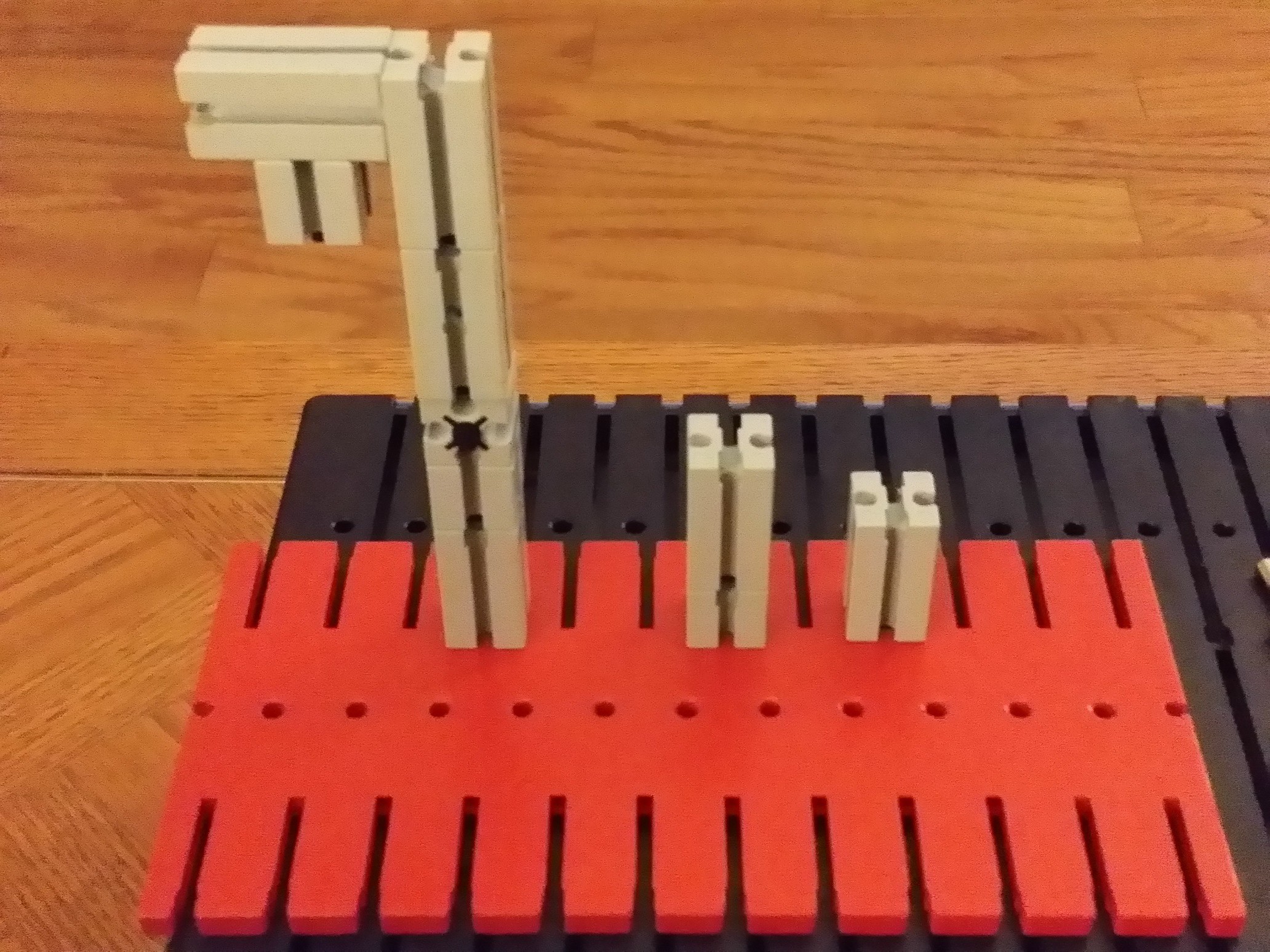
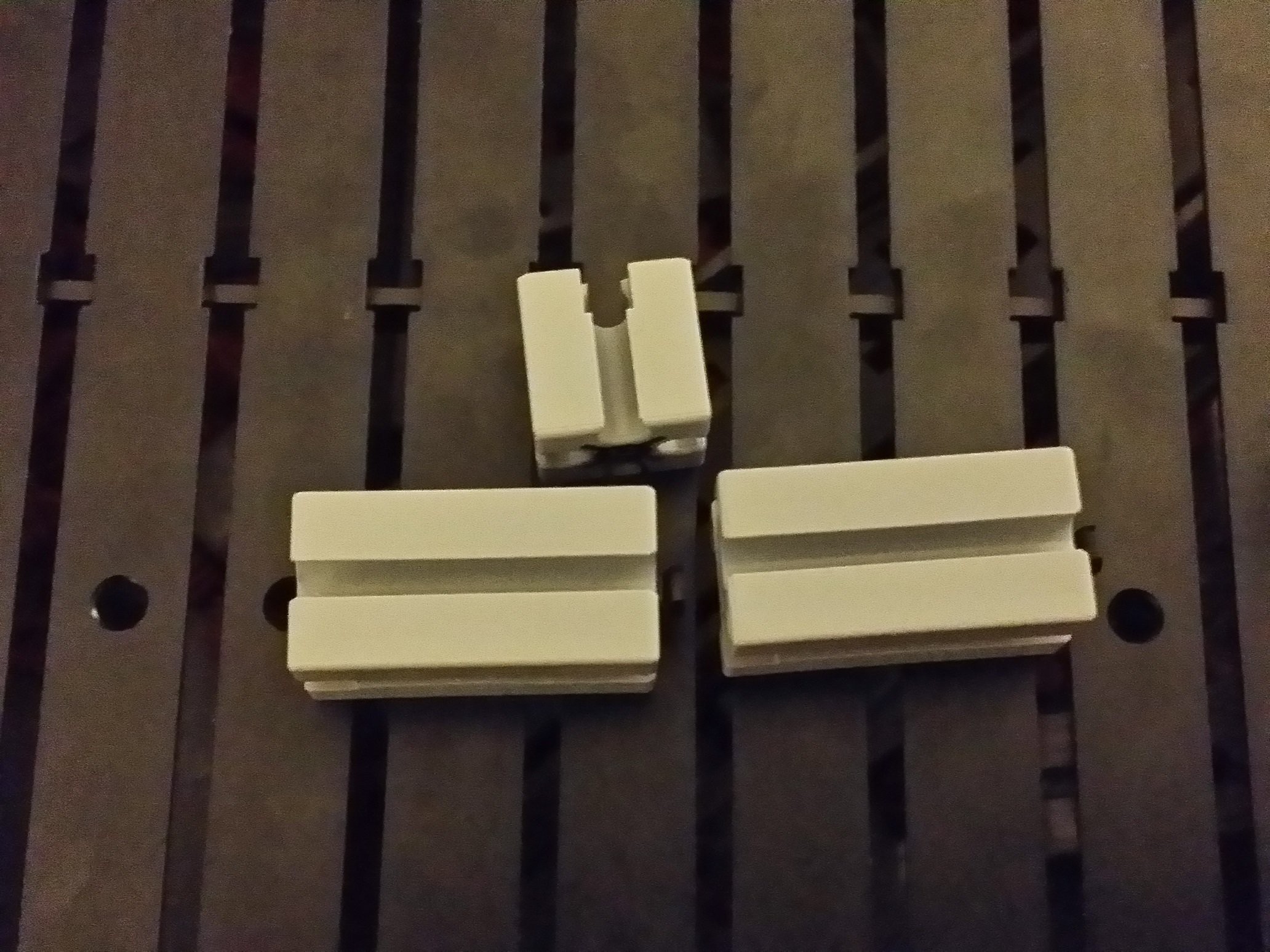
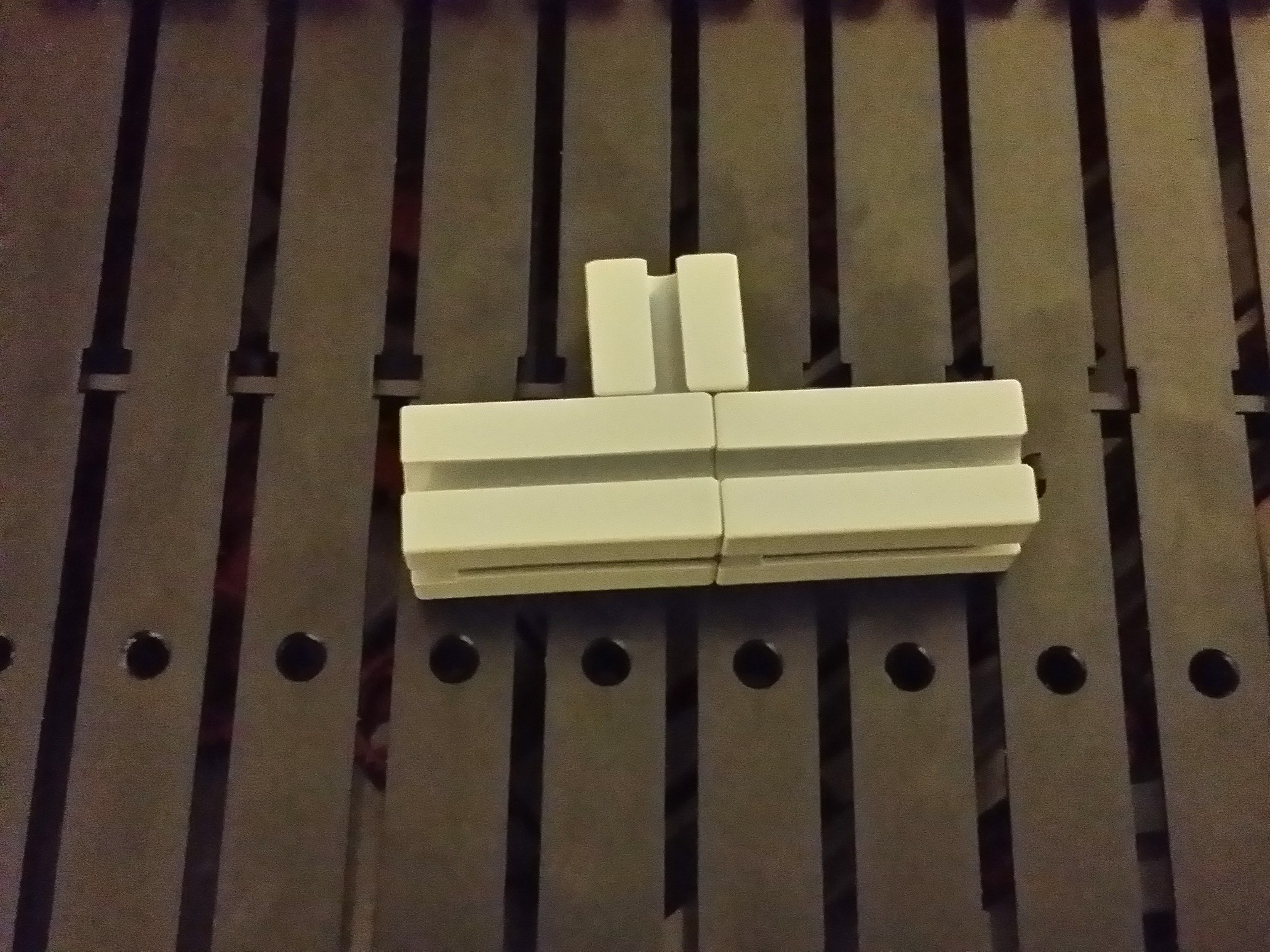
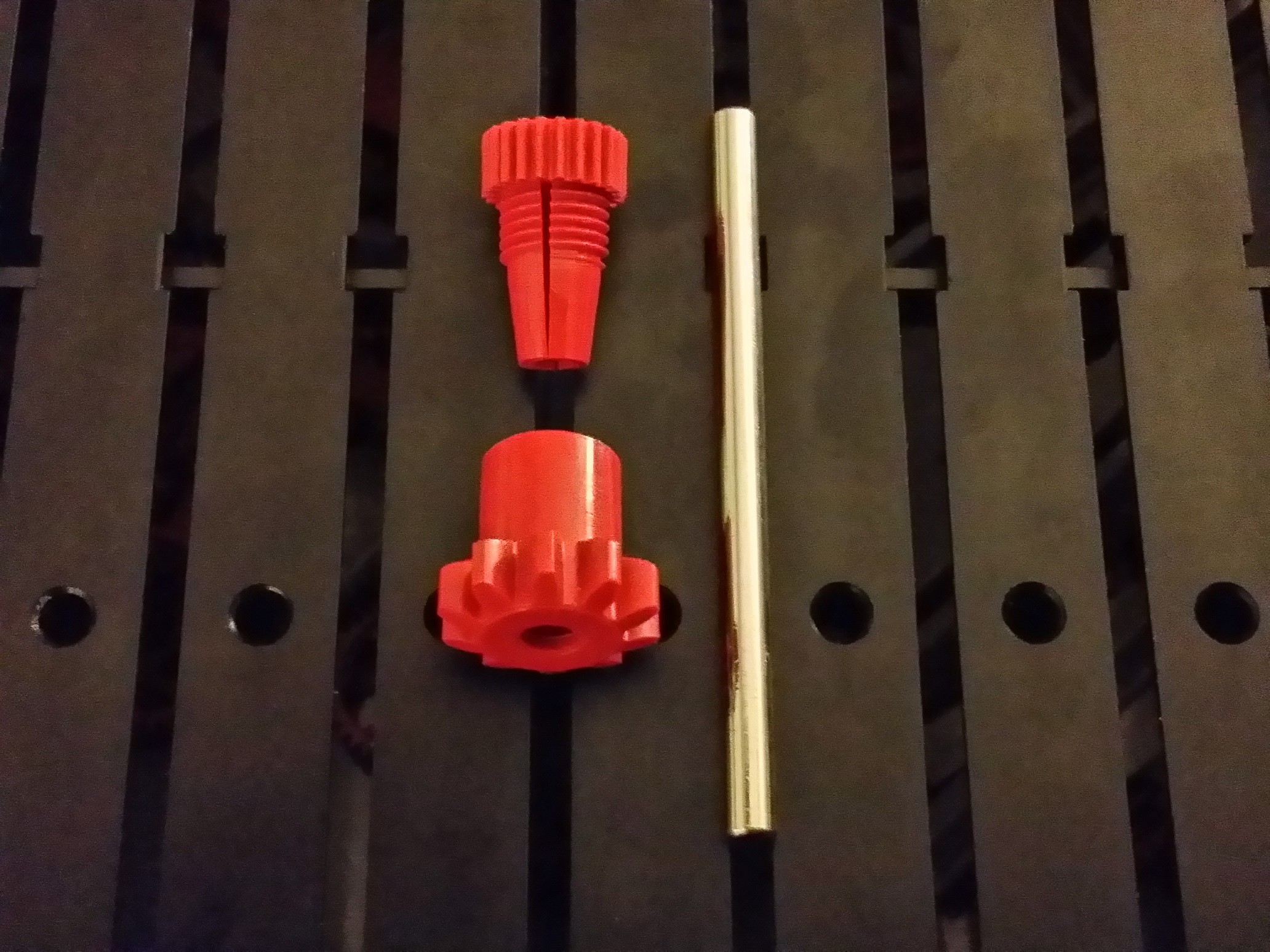
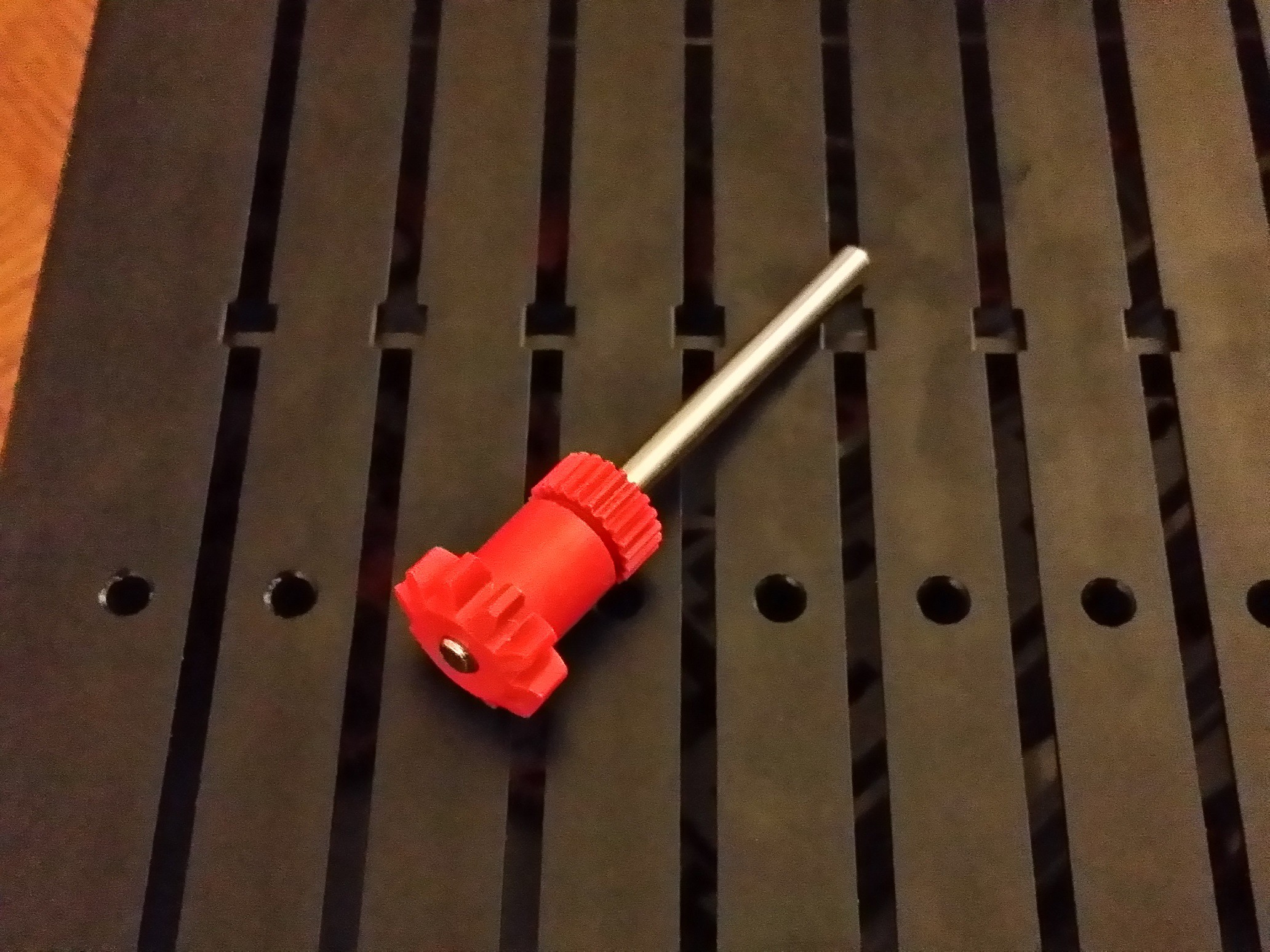
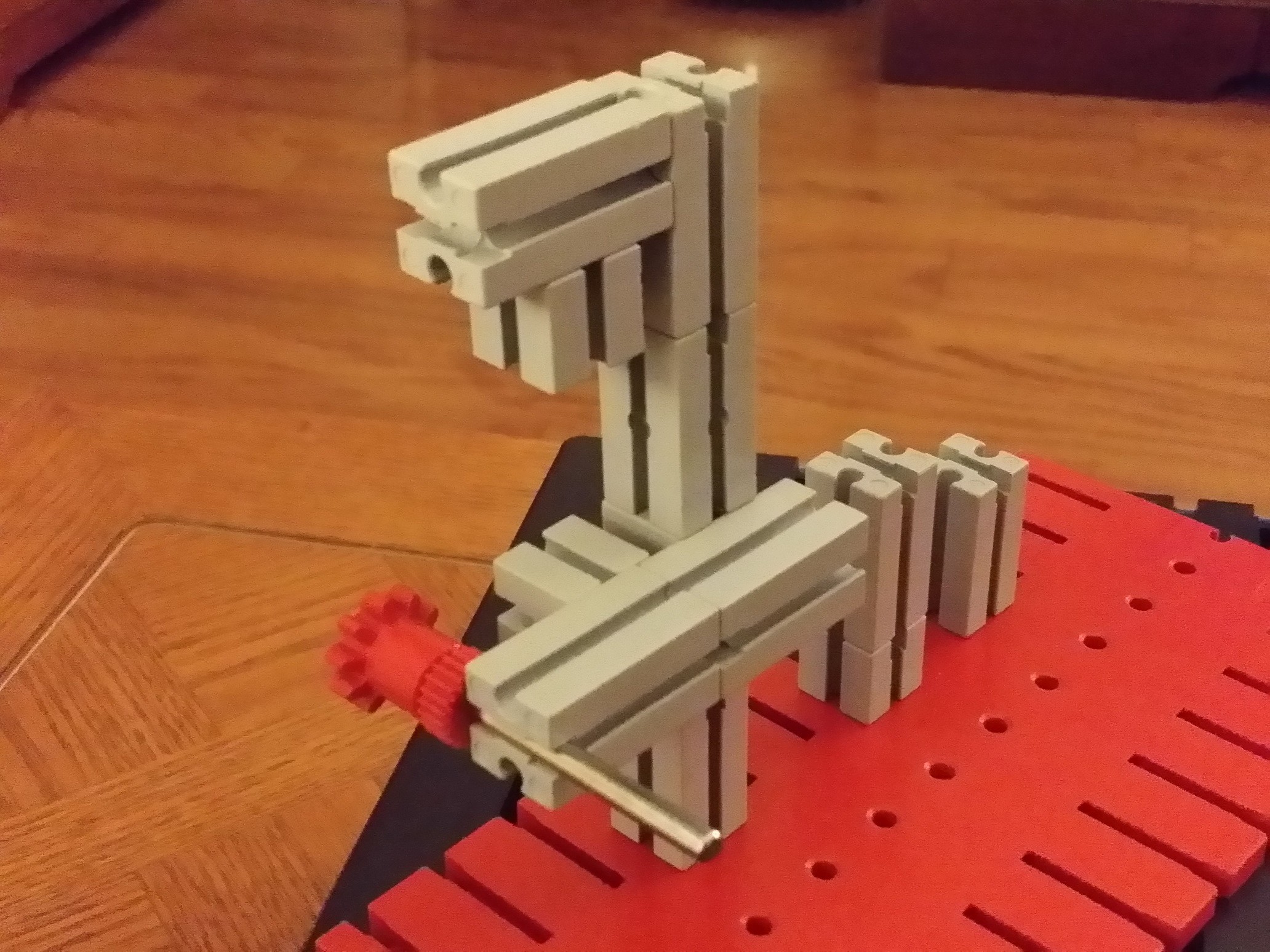
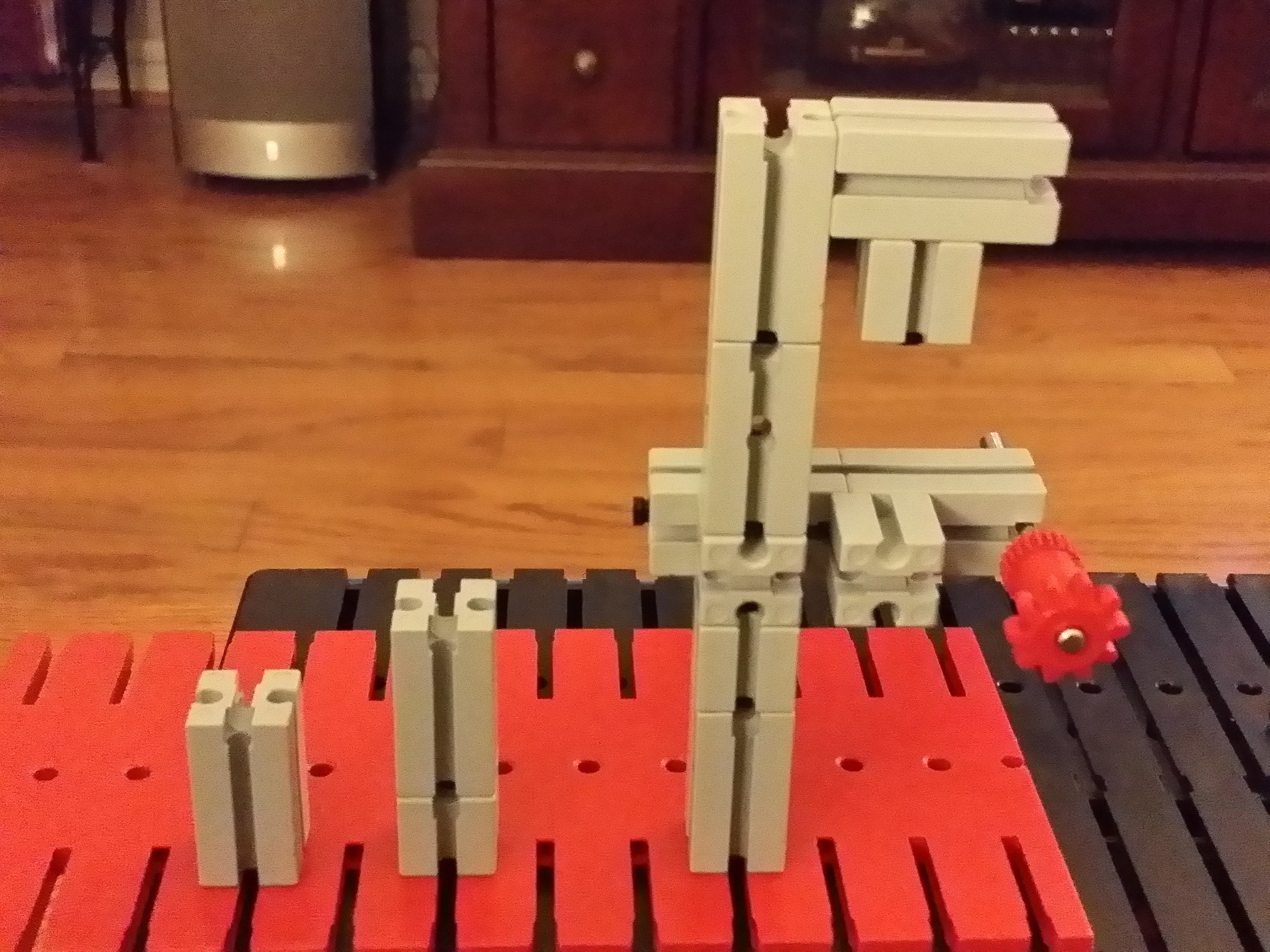

 mircemk
mircemk
 Simon
Simon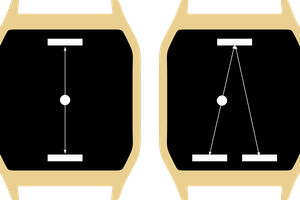
 M. Bindhammer
M. Bindhammer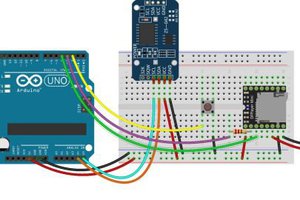
 Mrlim
Mrlim